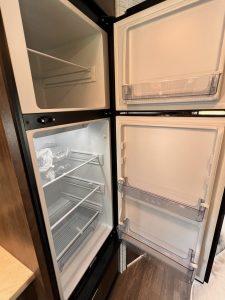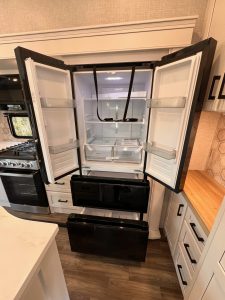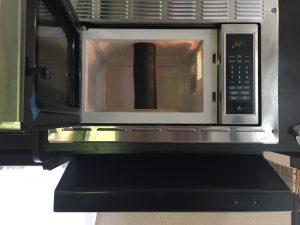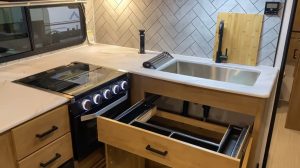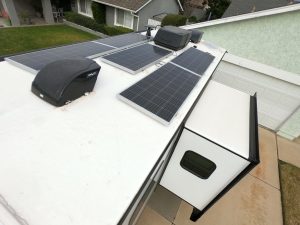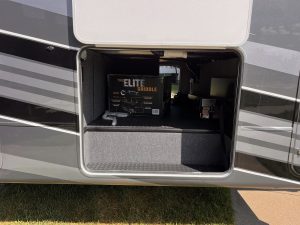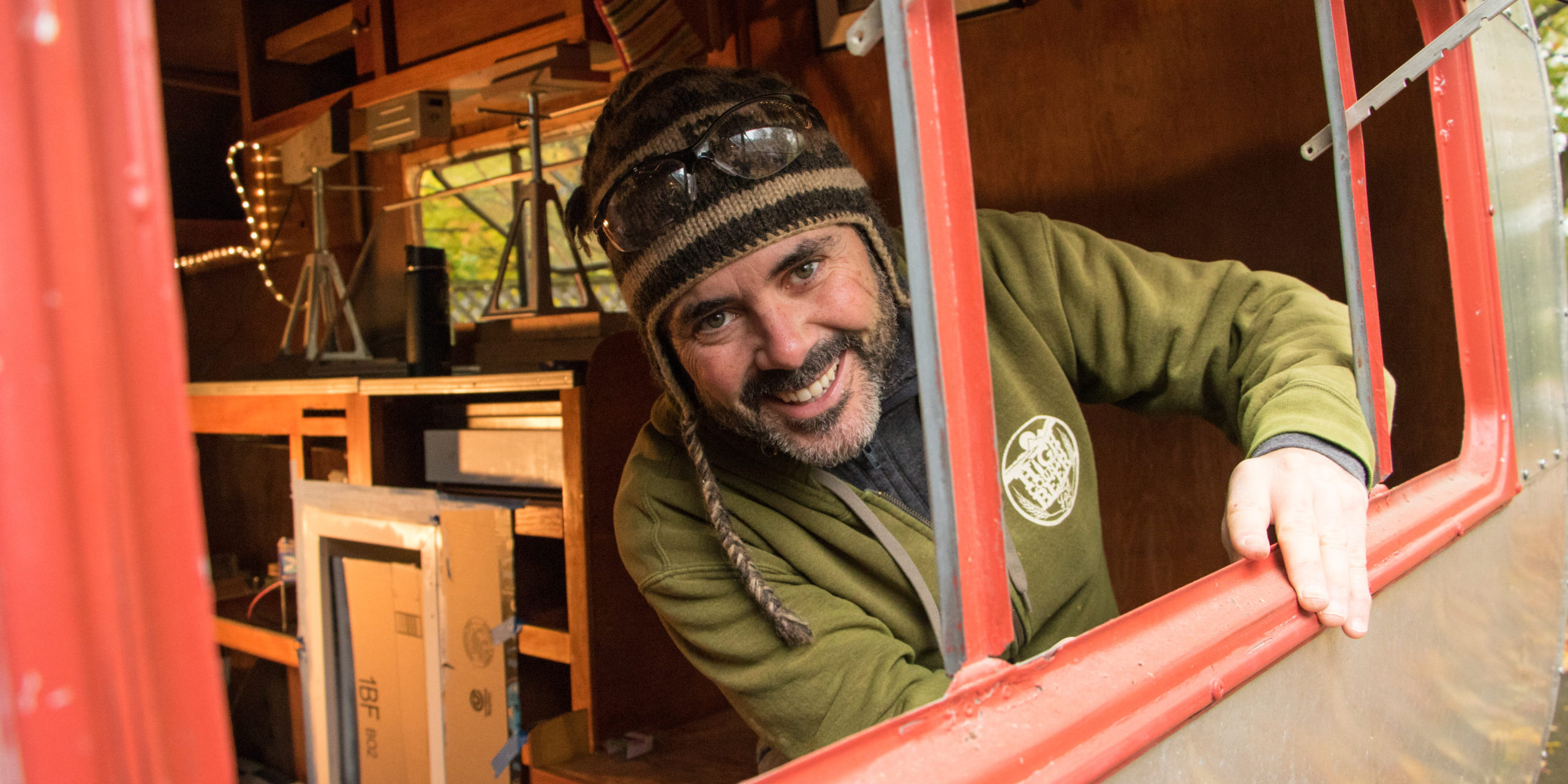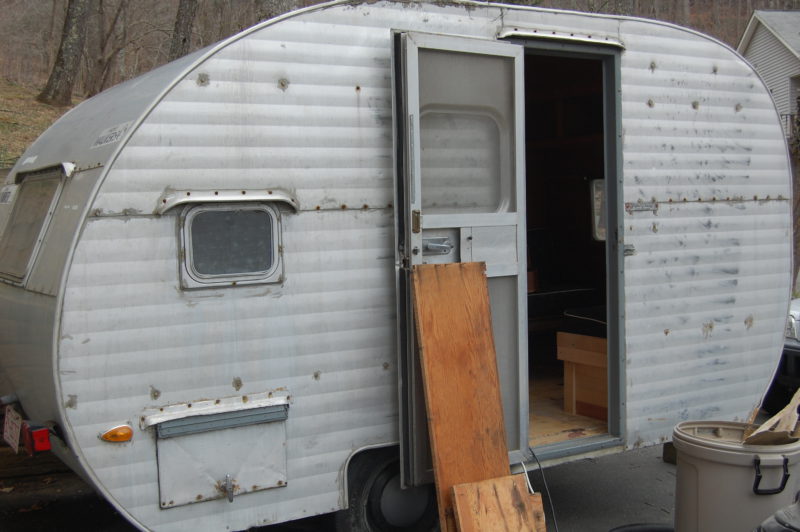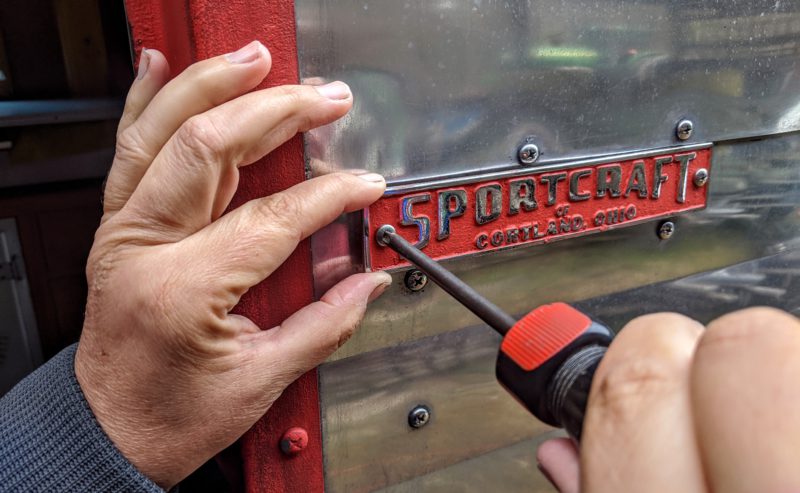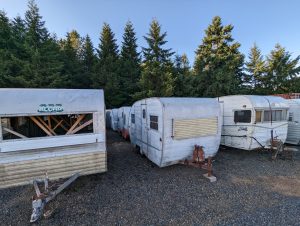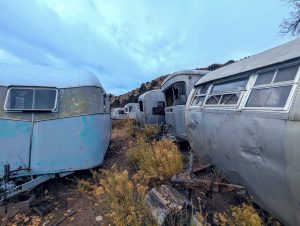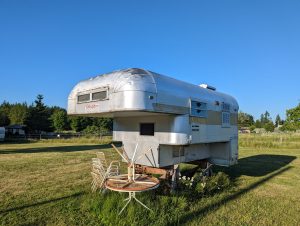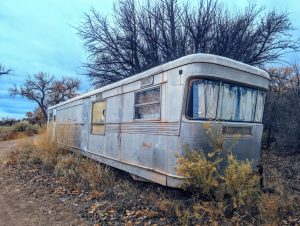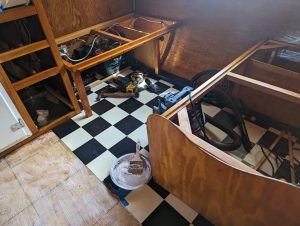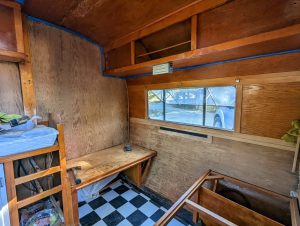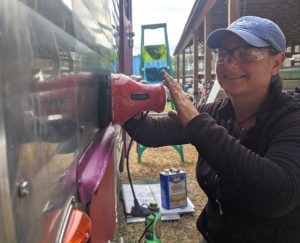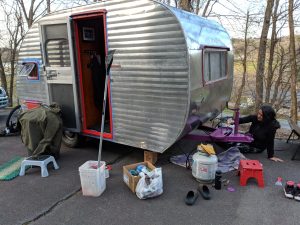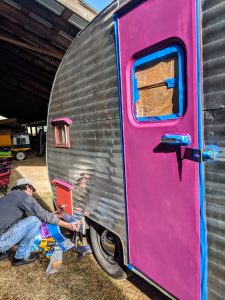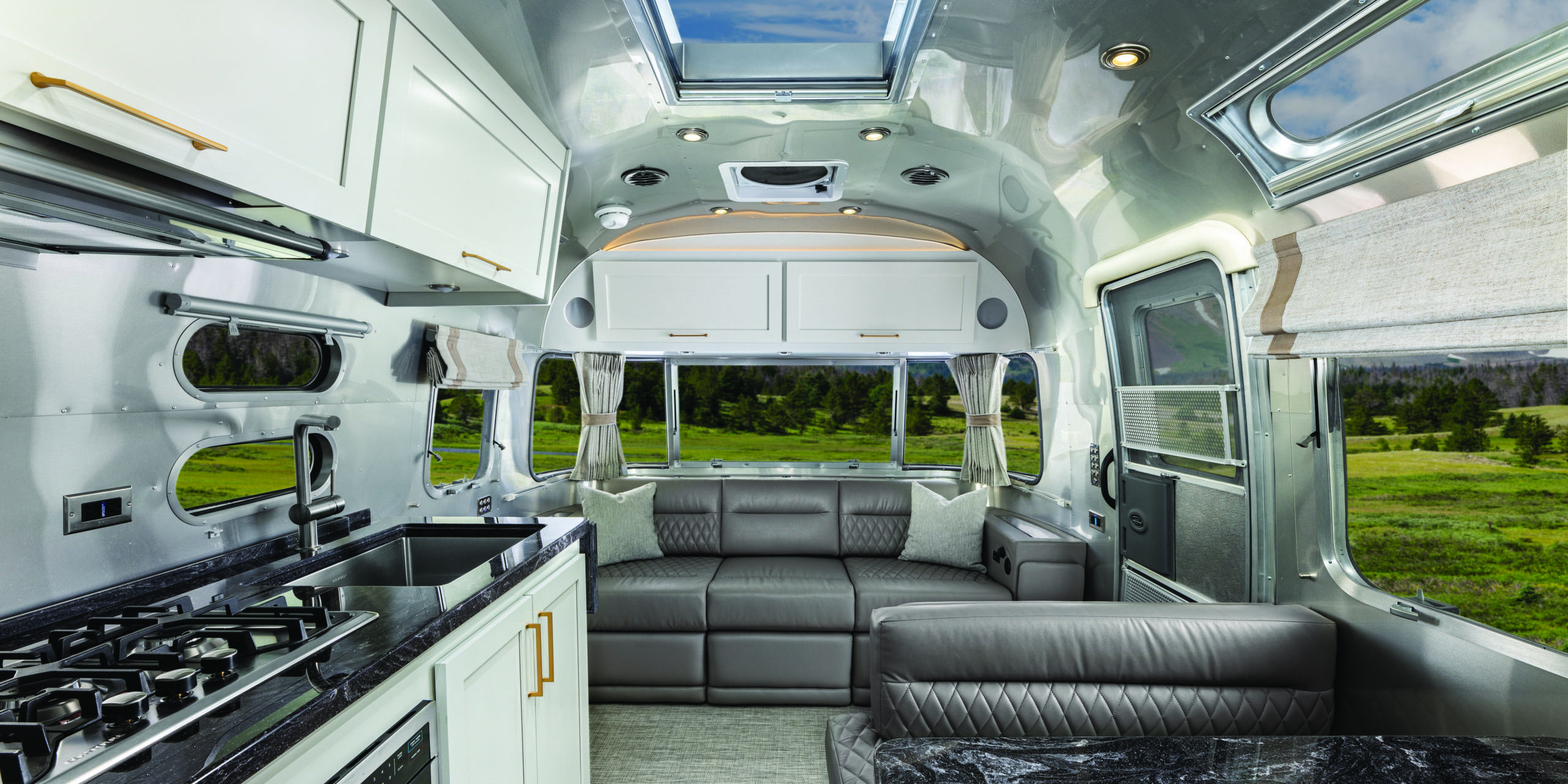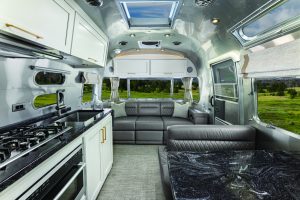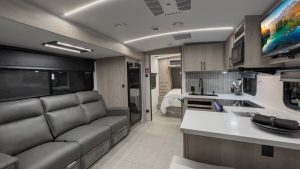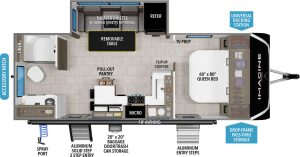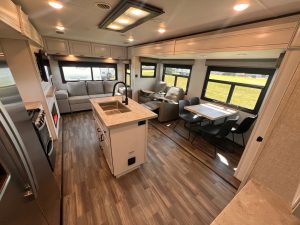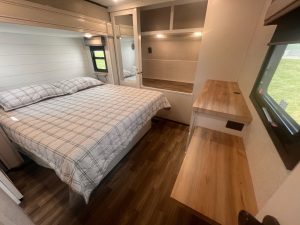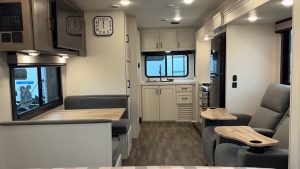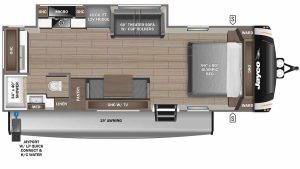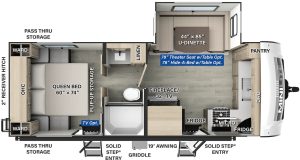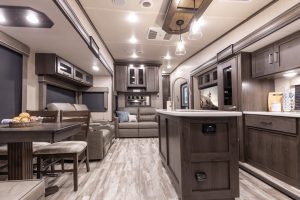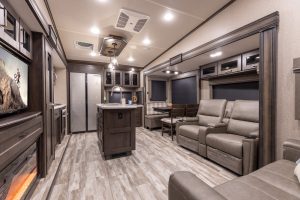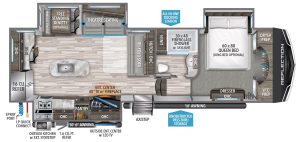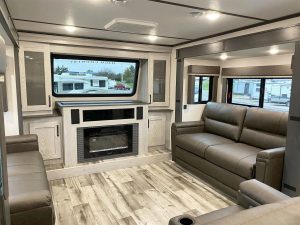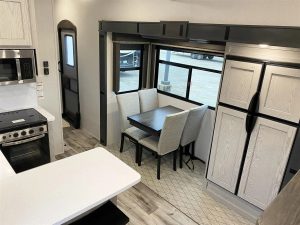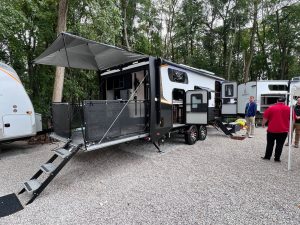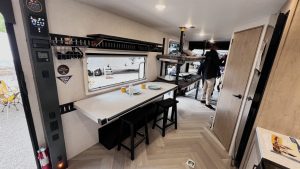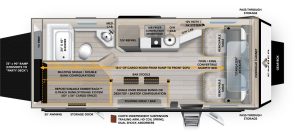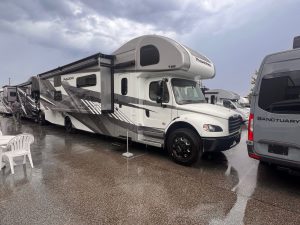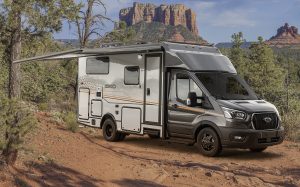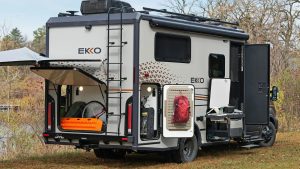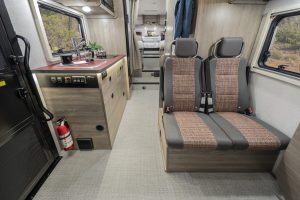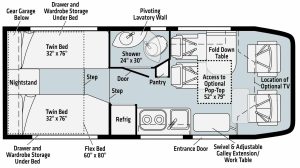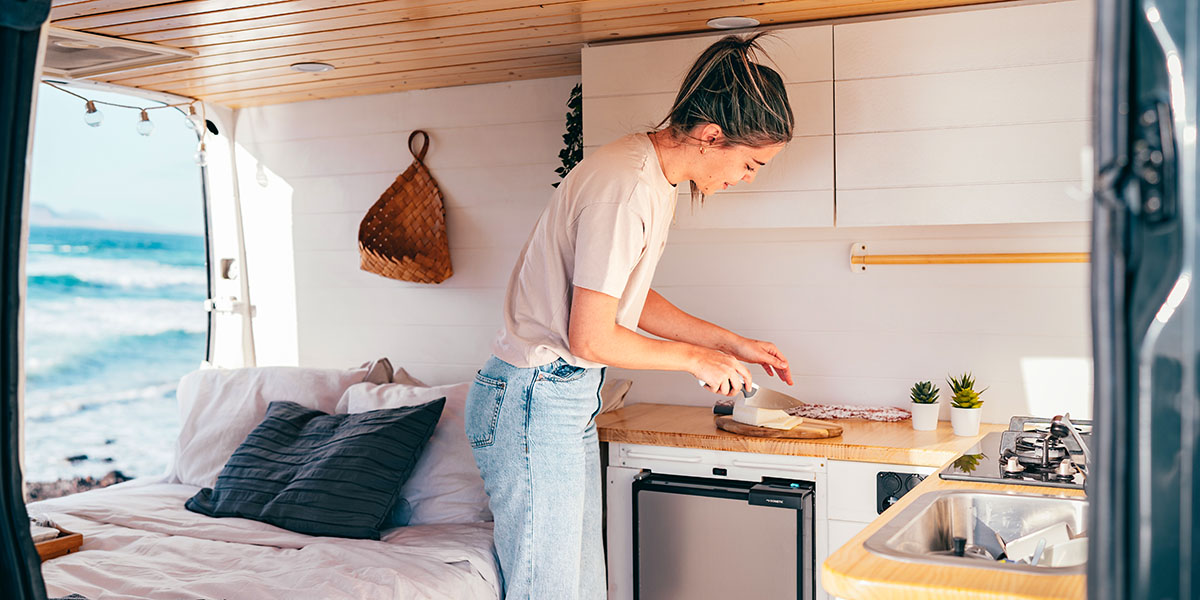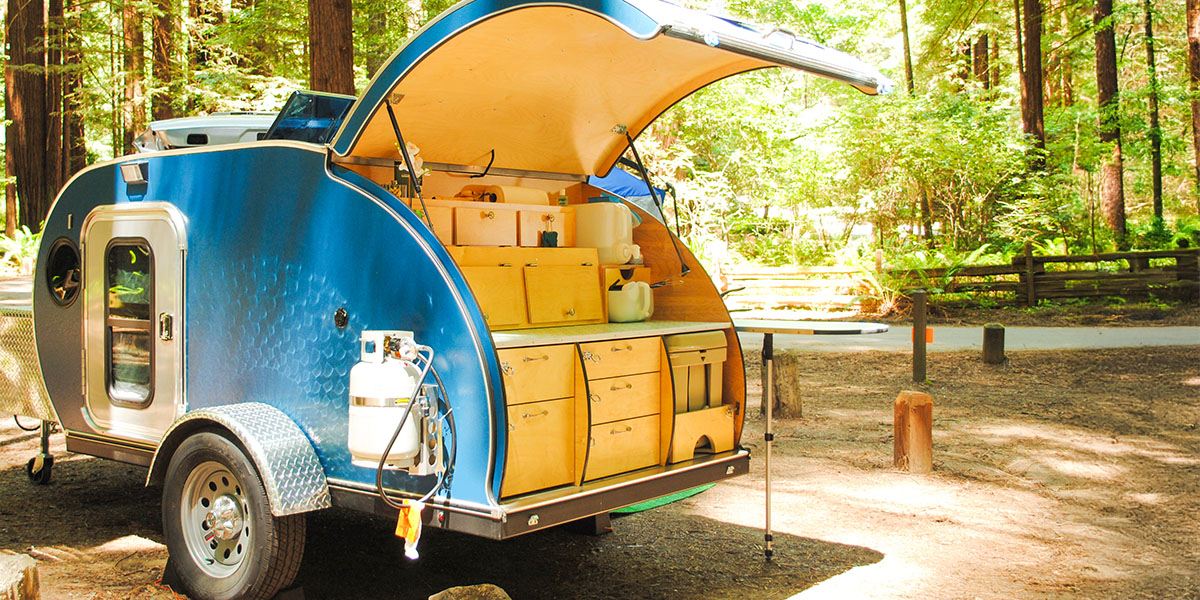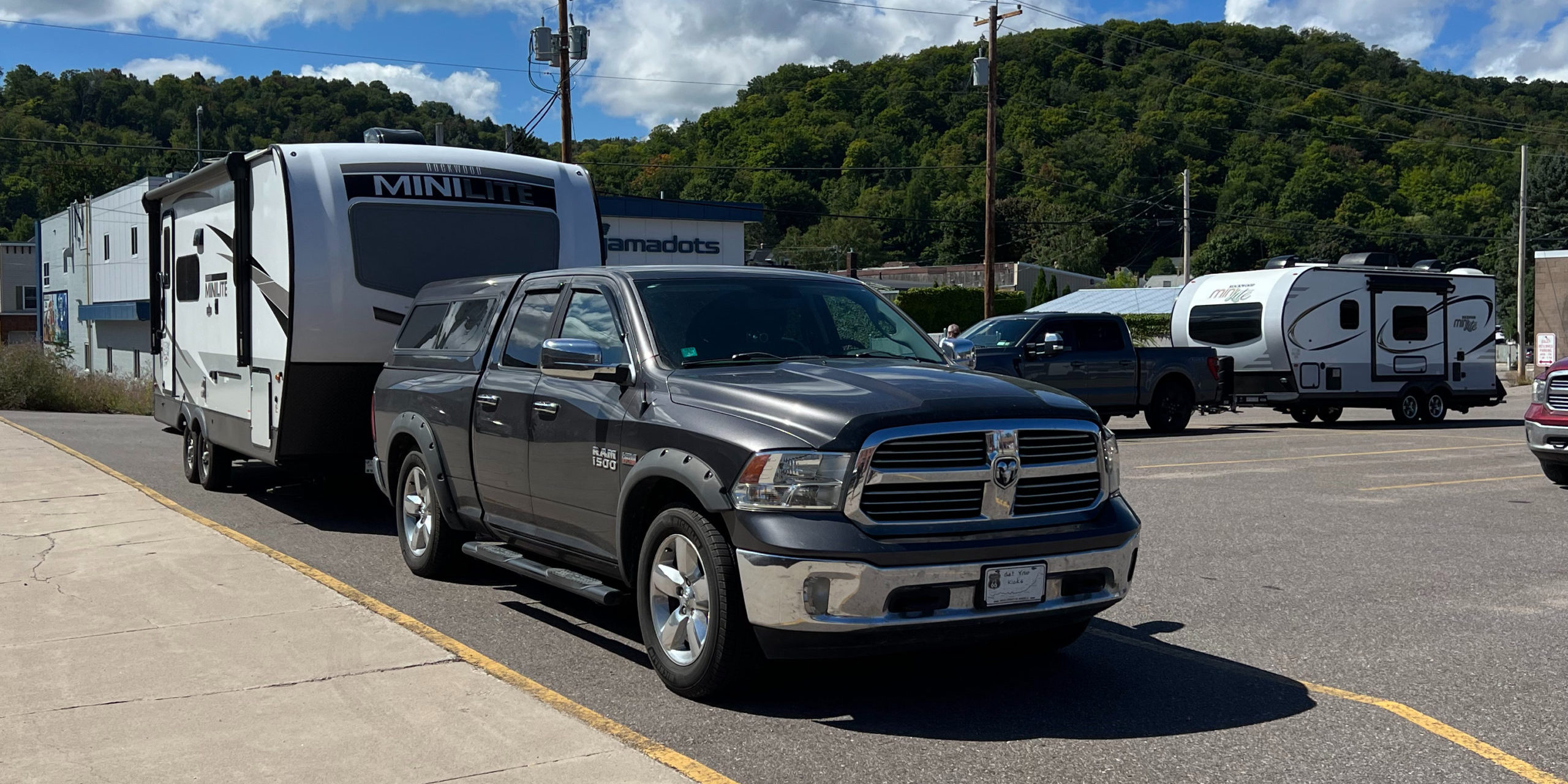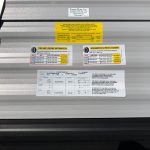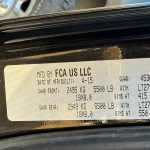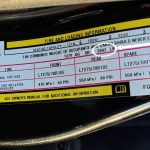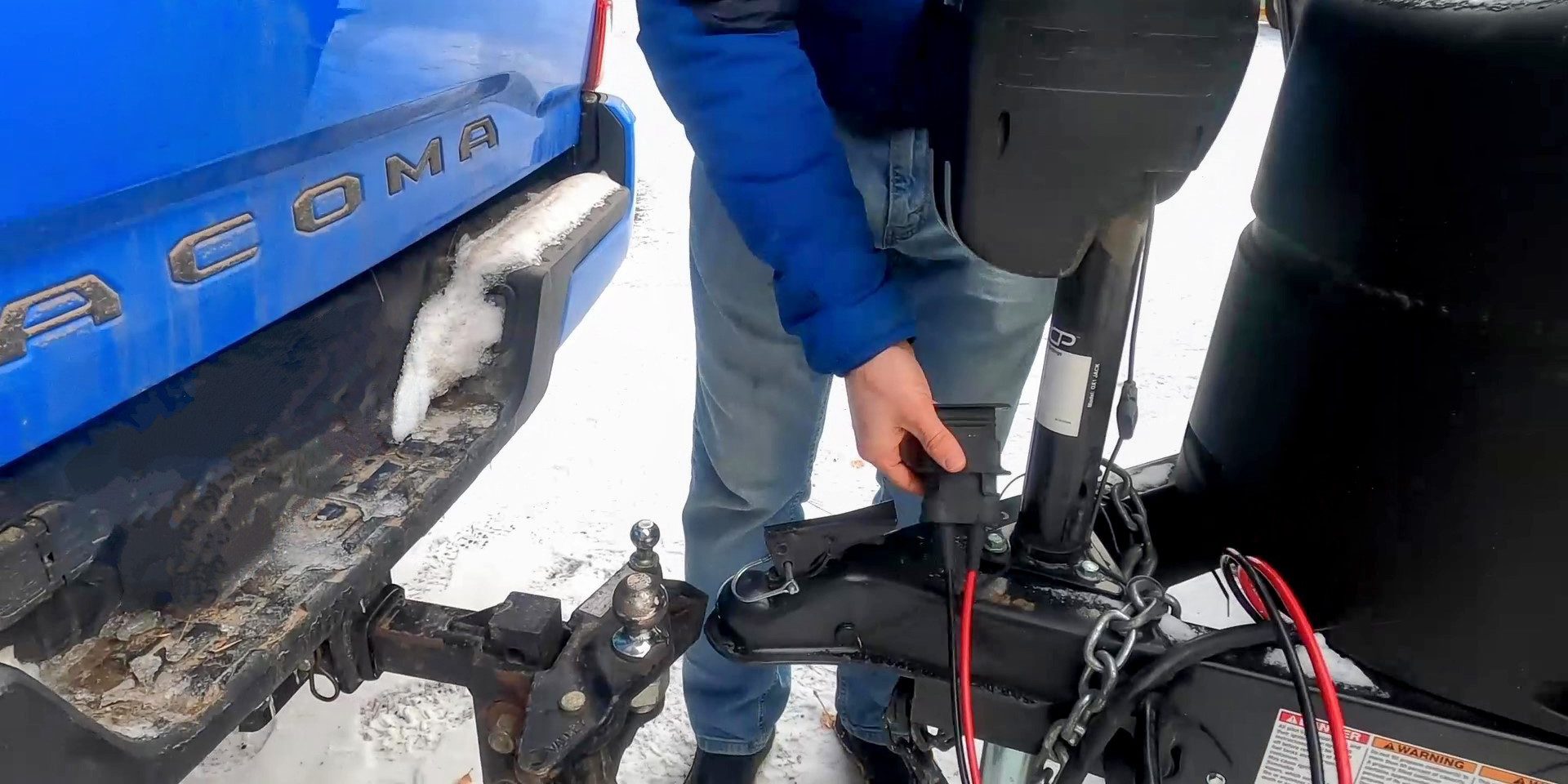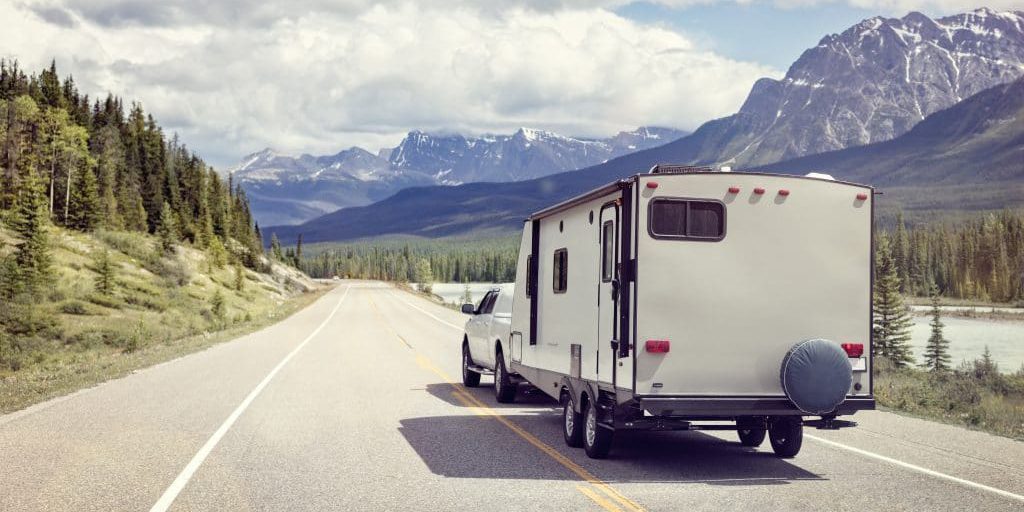So! You’re preparing to post your listing for your RV on RV Trader, huh? (That’s awesome.) But as you prepare, know this: There are some surefire things you can do to amp up your chances of finding an RV buyer. Chief among them? Making your RV listing photos count — and some small details can make a very large difference.
Your RV listing photos really tell the story of what you have — and why it likely is someone else’s dream RV. Looking at the thousands of listings here on RVTrader (and using my experience selling RVs on line at an RV dealership), I’ve come up with this list of must-have RV listing photos to help you tell a better story about your RV.
First: good news! You don’t need a fancy camera.
The good news about any RV listing photos you take is that the modern cell phone camera is so exceptional that it’s really sufficient any picture you need to take. With the combination of how smart these little cameras are, plus a few photo tricks, you can create images that truly tell the story of your RV.
So, I hear you asking: What photo tricks? Many smaller RV spaces are dark — even darker to a camera than they appear to the naked eye. Therefore, it’s smart to do things like put a small work light to use. Things like baggage compartments can be illuminated to better tell an accurate — and more attractive — story of your RV.
As I’ve mentioned in other articles, you should also turn on the lights inside your RV. Having the interior lights on makes such a difference in RV listing photos. It brightens up the interior and makes it much more inviting.
It is also advisable toclose the blinds in the RV. That way, items in the background don’t become distractions. Doing so also helps to even out the lighting inside the rig, which makes it easier to see the details in your photos.
Full Interior Photos: “What if I open that?”
The first thing I learned when working at the RV dealership (and constantly listing RVs on RVTrader) is that people love to see inside of compartments and appliances. (This also really details how well an RV might have been cared for.)
So, open the refrigerator and freezer! Make sure to include a photo inside that appliance. Likewise, the microwave interior is another one you won’t want to miss. You don’t necessarily have to take a photo inside of every drawer or cabinet, but if you open all the drawers in sort of a waterfall or cascading style, you’ll be able to show their condition. (Also, if you have something that’s not typical in an awesome way—like Coachmen’s utensil drawer — I would definitely show that off with a photo.) When you do this, i’s wise to remove everything from inside the drawers, cabinets and storage bays to show the condition and size of these areas. (You know, rather than how much of your belongings they’re going to have to remove if the deal goes through.)
Bathroom Tactics
Another area people really want to see is the bathroom. Flat out, the bathroom can be a real good indicator of how well the RV was kept. Weird as it may seem, take photos of the details inside the shower and even inside the toilet. These go a long way to telling the story of what you have for the buyer. (And they also show how transparent and honest you are.)
The overall view of the bathroom is also important, and here the wide-angle lens on most modern cell phone cameras can be your ally. That being said, take it easy with wide angle lens. It does make the RV look bigger, but you don’t want someone to feel like the RV is bigger than it is.
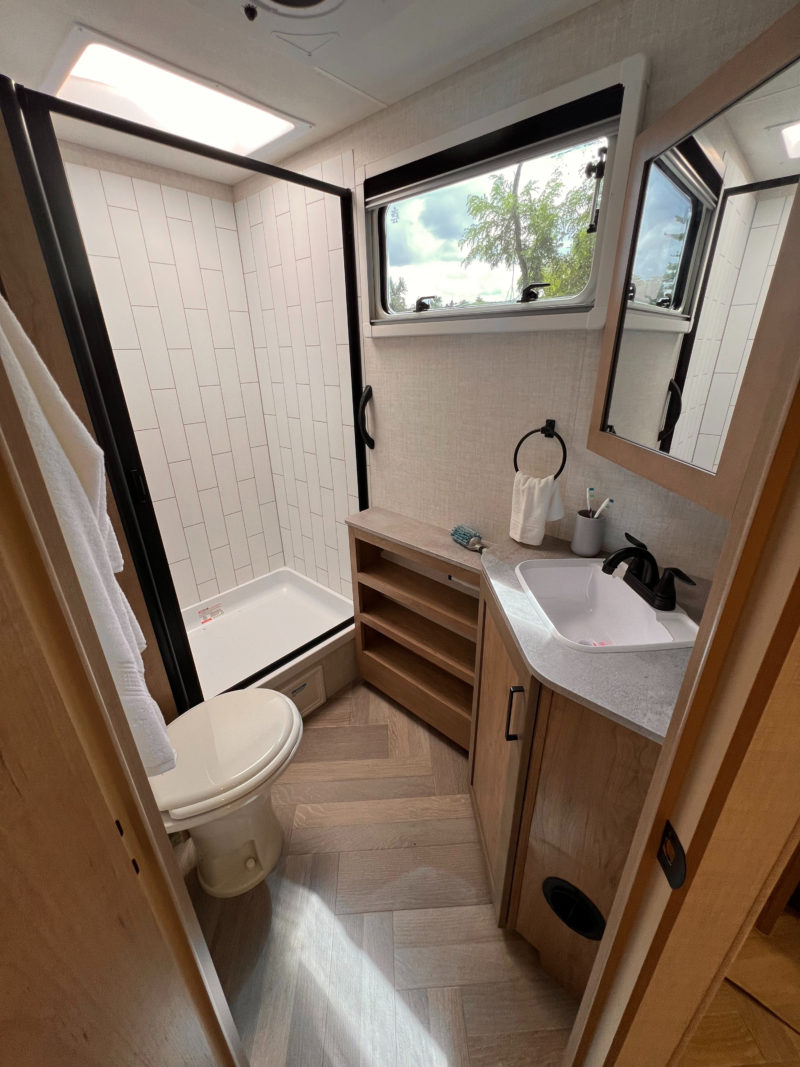
Quality Images: “No blur, no clutter.”
Speaking of opening things up, photos inside the outside baggage compartments are also very helpful. Your prospective buyer is going to want to see just how much of that great camping gear that they have is going to fit into this new RV. So, maybe take a photo of them empty. And then take a photo with some organized gear laid in.
Honestly, though, as a rule: The less clutter and personal stuff you have in your RV listing photos, the better.
Now, if you have that work light we mentioned, put it to work here too. For the record, I never want to advocate doing anything other than telling the honest story of your RV, but a camera and the human eye do perceive light differently. So, what I’m advising is to create a photo that more closely matches how the human eye captures things.
Another area that you’ll want to address is the exterior of the rig itself. Photos of each side and then an overall shot are something you’ll absolutely want. You will also want a shot of the roof. (Maybe even multiple shots of the roof.) RV roofs are an area that some owners don’t maintain, so clear shots of the condition of the roof could really work in your favor if your RV roof is in good condition.
Images of Modifications: “Show your work.”
I’m not sure if there is any RV out there that hasn’t been modified in some way, shape, or form. Most RV buyers know this. So, it can be very helpful to a buyer to detail any changes you’ve made to the RV.
Don’t forget, some of the changes can really be valuable. For example, one of the photos I have here is of the hanging cabinets inside my current RV. I built a shelving system and used soft totes to create drawers of sorts. Even so, this is also something that is an easy thing for the next buyer to take out if it doesn’t suit them. It’s pretty unusual, even on longer journeys, that I have any hanging clothes even though I do a lot of speaking at RV conventions and functions. So, I really don’t need hanging storage in my RV, but I do need provisions for a lot of items since I can be on the road for several months at a time.
But, in the previous RV, which I did list on RVTrader, I had also removed the glass shower enclosure and created a custom curtain system for the shower. You can bet that my listing had photos of this that helped the buyer understand what I had done. And, again, this modification could be removed and replaced with what the factory had done. So, it was also important for me to share that this didn’t have to be a permanent change.
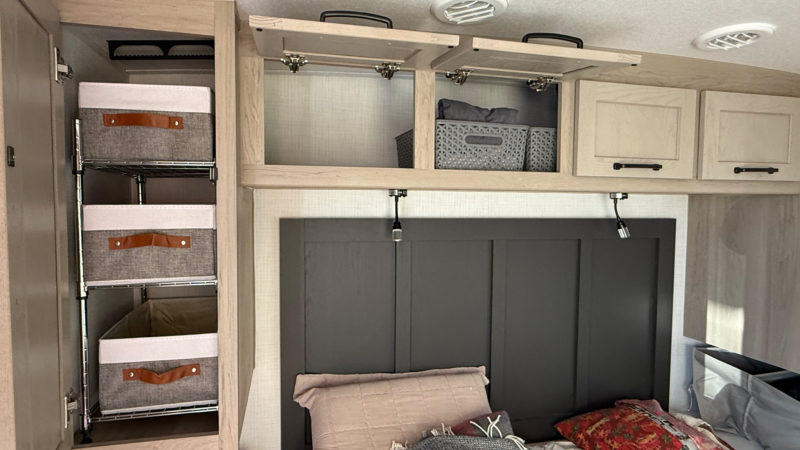
Oddities and Curiosities: “What is that thing?”
Every RV has something that you might see in a photo and wonder exactly what it is. Some photos can even capture an aspect of the RV that makes it look like it was damaged.
For example, even to the naked eye, the windshield on our current travel trailer sort of looks out of skew. It’s how all the windshields on this model are, but it still looks odd. So, when it comes time to sell this trailer, I’m going to make sure to have a good shot of the front of the trailer showing that everything is as it should be.
When you look at the photos you’re going to share with the world, you might have a friend give them a look-see as well. Sometimes something can pop-up in a photo that you didn’t really notice. Or, it’s been part of your RV all along, and you’re used to it.
But if there is something that might cause someone to question it perhaps a close-up or more detailed photo of that item would help tell the story you want to share.
Honest Photos: “No surprises.”
Since an RV is a vehicle, every RV has some damage — whether it’s extremely minor or something that might need attention. I would suggest that you detail that damage in your photos. If it’s truly minor, someone probably won’t care at all. (Except, of course, that they’ll credit you as being an honest person, even if just subconsciously.)
But if it’s something that needs attention, it’s better that that prospective buyer is aware of it rather than have them think they’ve got a perfect rig only to find that you have to replace a window or whatever the damage happens to be. The basic principle here is to be the kind of seller you’d want to buy from.
One Last Thing: “Everything looks clean.”
Let me share something from my old dealer days. There were time when RVs would come into our dealership that clearly hadn’t seen a bath in a very long time. Or, even worse, they had all sorts of evidence that they had been parked under trees. I’ll tell you right now: It really affected the value of what we offered someone.
So, if you can, perhaps give your RV a thorough cleaning once you’ve removed everything from it. Once again, an RV that is clearly in need of a bath really creates an obstacle for buyers who want to get something that’s ready to roll on their next getaway.
This is particularly true of RV roofs whose normally bright white surfaces really show off dirt and sap. If it’s in your budget, perhaps even a professional detailing or thorough cleaning will truly make a difference for buyers.
The bottom line in all of this is that you’re doing your best to tell and honest story of the RV you have listed. The better your photos tell that story, the more the RV’s next owner will be able to sort through all the listings and find the vehicle that helps them enjoy the great American road trip whether they do in reality or just in their dreams as they shop.

